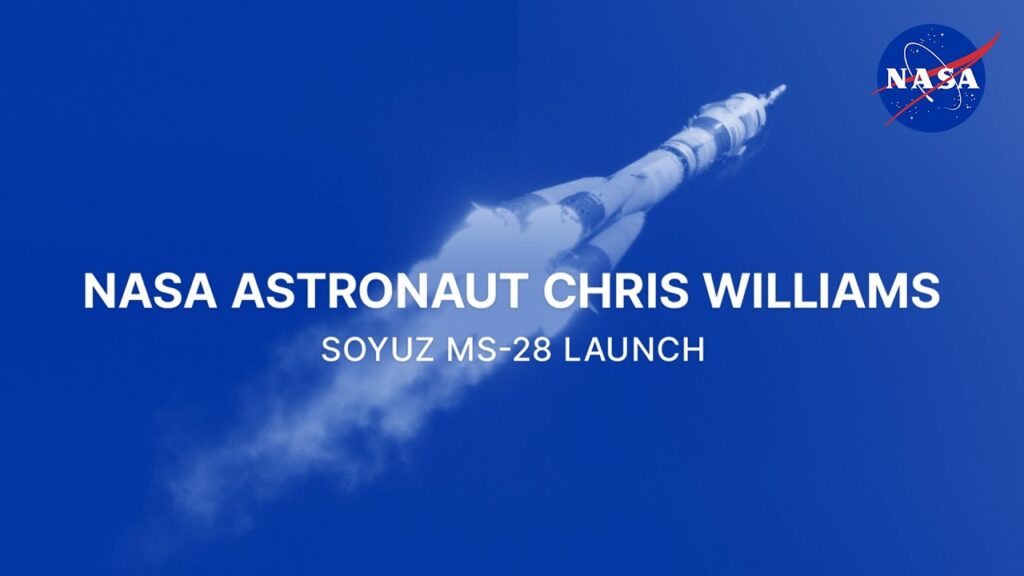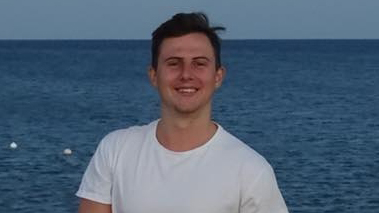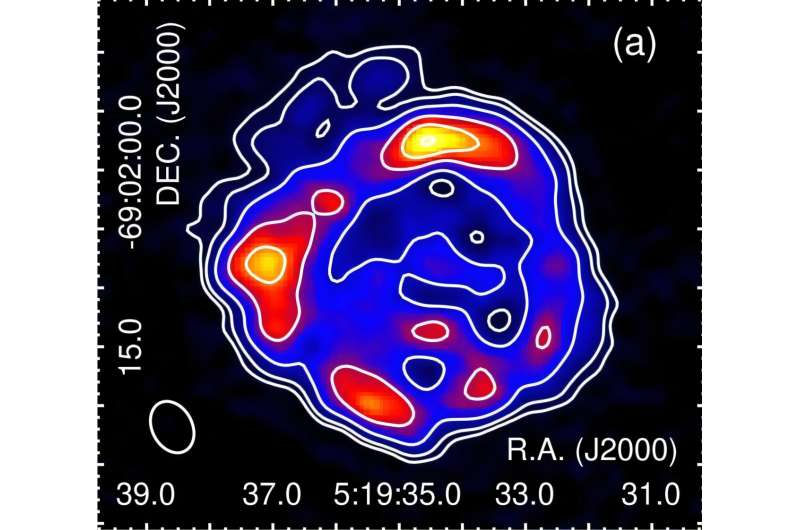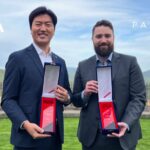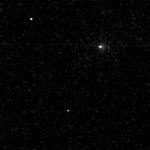Now Reading: How the Hubble Telescope became the ‘Energizer bunny of spacecraft,’ according to one of its astronaut visitors
-
01
How the Hubble Telescope became the ‘Energizer bunny of spacecraft,’ according to one of its astronaut visitors
How the Hubble Telescope became the ‘Energizer bunny of spacecraft,’ according to one of its astronaut visitors

John Grunsfeld has a model of the Hubble Space Telescope on his bookshelf. It’s right next to a model of a NASA space shuttle, which delivered Hubble to space 35 years ago, and it’s no secret why both are there.
Grunsfeld, a former NASA astronaut who has served as both the agency’s chief scientist and science division leader, helped Hubble last as long as it has. He flew on no less than three of NASA’s five fix-it missions to the iconic Hubble Space Telescope between 1999 and 2009. That final mission was the STS-125 servicing flight on the shuttle Atlantis, which NASA thought would give Hubble at least five more years of life, though the agency hoped to stretch that to 15 years. Next month, NASA will mark the 16th year since that final Hubble service call.
“Because of all of the missions leading up to and our 2009 mission, it’s still a state-of-the-art observatory,” Grunsfeld, a self-described Hubble hugger, told me in an interview. “Knock on wood, it can go another 10 years. And it won’t be a telescope failure [that ends Hubble’s life] — it’ll be that it’s too low in the atmosphere to be able to point steadily.”
Even that process would take years, Grunsfeld said.
“So Hubble is, you know, the Energizer bunny of spacecraft, really,” he added.
It wasn’t always that way. There was a time when Hubble had the potential to become NASA’s biggest embarrassment.
The trouble with Hubble
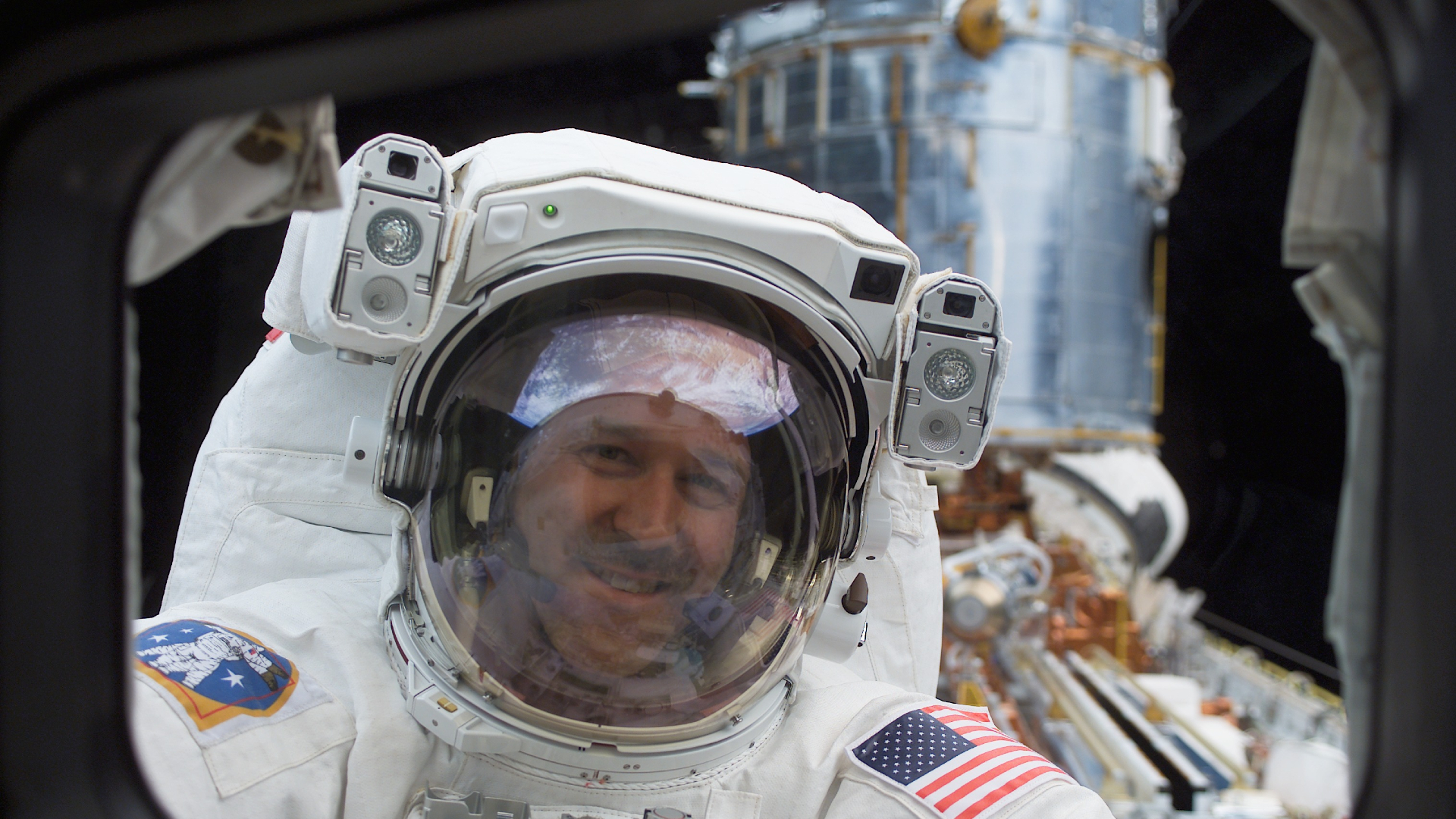
That was in 1990, months after NASA first launched Hubble into orbit on the shuttle Discovery on April 24 of that year, and astronomers were eagerly waiting to see the first photos from the space telescope. The problem? The highly anticipated images were blurry. Hubble had a flaw in its mirror called a “spherical aberration.” It would require a new mission, a repair job in space by astronauts, to fix the faulty optics by installing new gear. Luckily, upgrading Hubble was something NASA always planned to do.
“When it was launched, it had the spherical aberration, so it was a great disappointment to astronomers,” said Grunsfeld, who was working in X-ray and gamma-ray astronomy at the California Institute of Technology at the time. He would join NASA as an astronaut in 1992, where he’d provide mission support for the crew of STS-61, the 1993 mission to repair Hubble’s faulty eyes with corrective optics.
“Because it had been designed to be serviceable, and not just serviceable but extreme serviceability, we were able to save it with the STS-61 crew,” Grunsfeld said.
Related: Fixing the Hubble Space Telescope: A servicing mission timeline
Grunsfeld admitted that he wasn’t Hubble’s biggest fan as a gamma-ray astronomer in 1990. His work relied on NASA’s Compton Gamma Ray Observatory and Chandra X-ray Space Telescope, but Hubble was dominating funding discussions at the time.
“Hubble was not popular, unless you were a Hubble astronomer, because it was taking a lot of funding and a lot of attention,” Grunsfeld said. “So when the spherical aberration was discovered, I thought this was really going to hurt astronomy. Now, of course, I was completely wrong, because Hubble works so well with the other observatories.”
Fixing a space icon
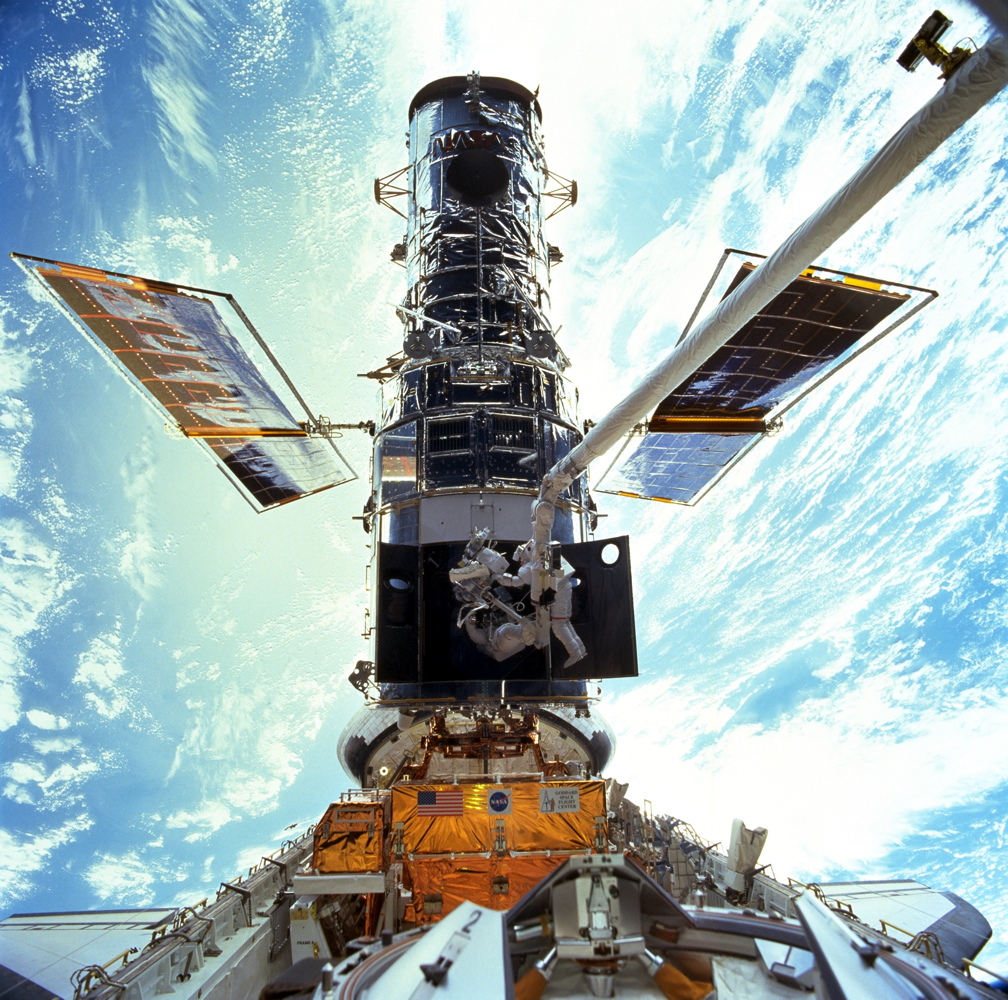
That STS-61 mission, commanded by Richard Covey, not only installed the corrective optics for Hubble’s vision but also replaced two sets of gyroscopes for positioning, the control units for them, electrical fuse plugs, the space telescope’s solar arrays. Spacewalking astronauts also installed the then-new Wide Field Planetary Camera 2 instrument (replacing the old one), among other upgrades.
Subsequent servicing missions would make even more repairs and upgrades, including Hubble’s main camera, which is now the Wide Field Planetary Camera 3, which was installed in 2009 by Grunsfeld and fellow NASA astronaut Andrew Feustel on STS-125. During one exceptional spacewalk repair on STS-125, Michael Massimino and Michael Good had to rip a stuck handrail off Hubble by hand in order to repair a broken spectrograph, which itself was unprecedented. The astronauts had to unscrew 117 small screws (without losing any) and then swap out a broken power supply board to fix something never designed to be fixed in space.

Grunsfeld has one of those tiny screws to this day.
He credits not only the astronauts on the repair flights but also the countless engineers and scientists on Earth who designed Hubble to be serviced, then devised new and more modern instruments to squeeze ever more science out of the aging observatory.
STS-125, the final Hubble servicing mission, almost never even happened. NASA canceled it in 2004 in the wake of the tragic 2003 Columbia shuttle disaster that killed seven astronauts. Grunsfeld, who served as NASA chief scientist from 2003 to 2004, was asked at the time what kind of life-extension options for Hubble were possible. Grunsfeld and NASA flight director Chuck Shaw helped develop a plan that called for two space shuttles, one to visit Hubble and a second on standby as a rescue ship, that led to then-NASA Administrator Mike Griffin greenlighting one final mission in 2006.
“The reason why Hubble is still a great observatory and producing world-class science is because we were able to change out the instruments,” Grunsfeld said. “It’s that ability to change out instruments that allows you to have a 35-year-old observatory that still does the kind of science it does.”
There are no more servicing missions planned for the Hubble Space Telescope, though at least one billionaire has pitched a plan for a final visit to give it more life. Indeed, during the STS-125 mission, Grunsfeld and his crew added a docking device so a future vehicle could attach to Hubble to either reboost its orbit or help it leave orbit to burn up safely in Earth’s atmosphere. NASA decided that a private mission, devised by Jared Isaacman (Trump’s pick for the next NASA administrator) and SpaceX, wasn’t advisable at this time. The Hubble telescope program is also facing potential budget cuts, like much of NASA, making another visit unlikely.
A NASA ambassador

Still, the science from Hubble has been both groundbreaking for astronomers and breathtaking for the public.
Throughout its career, Hubble data has allowed scientists to prove the existence of black holes, refine our understanding of the age of the universe and peer back to within a few hundred million years of the Big Bang that started it all, Grunsfeld said. And there were surprises, too. Like when Hubble watched Comet Shoemaker-Levy 9 crash into Jupiter in 1994, something we know can happen regularly.
“We saw that right away,” Grunsfeld said of the comet crash.
Related Stories:
Grunsfeld, who retired from NASA in 2016 after also serving as associate administrator for science missions, said he’s especially pleased that Hubble has lasted long enough to serve alongside the James Webb Space Telescope, an infrared observatory that is the most powerful space telescope ever built. It launched in December 2021, and the two flagships of astronomy now work together with other telescopes to peel back layer after layer of cosmic time.
“The science case is even stronger for Hubble now, 35 years after launch, because we have the James Webb observatory, and the two work so well together.” Grunsfeld said. “As associate administrator, that was my dream.”
But perhaps the biggest surprise, he said, was the wonder and awe Hubble regularly revealed about the universe to the public. The science was expected; the spectacle of the cosmos was a bonus.
“More than half of people on planet Earth have never known a world without the Hubble Space Telescope,” Grunsfeld said. “From a NASA perspective, Hubble is probably NASA’s best ambassador, you know, in the space business.”
Stay Informed With the Latest & Most Important News
-
 012024 in Review: Highlights from NASA in Silicon Valley
012024 in Review: Highlights from NASA in Silicon Valley -
 02Panasonic Leica Summilux DG 15mm f/1.7 ASPH review
02Panasonic Leica Summilux DG 15mm f/1.7 ASPH review -
 03How New NASA, India Earth Satellite NISAR Will See Earth
03How New NASA, India Earth Satellite NISAR Will See Earth -
 04And Thus Begins A New Year For Life On Earth
04And Thus Begins A New Year For Life On Earth -
 05Astronomy Activation Ambassadors: A New Era
05Astronomy Activation Ambassadors: A New Era -
06SpaceX launch surge helps set new global launch record in 2024
-
 07Space Force plans new ‘Futures Command’ amid pressure to speed up modernization
07Space Force plans new ‘Futures Command’ amid pressure to speed up modernization












